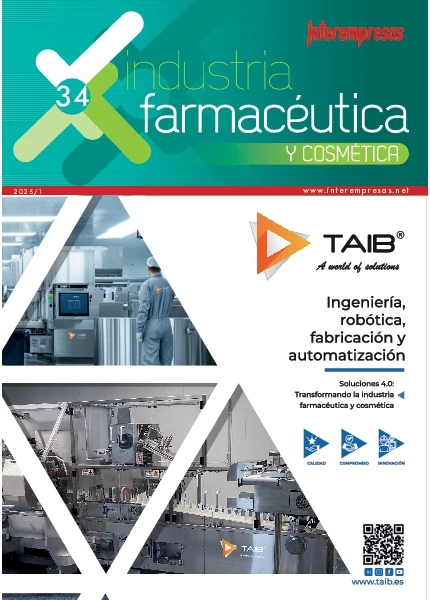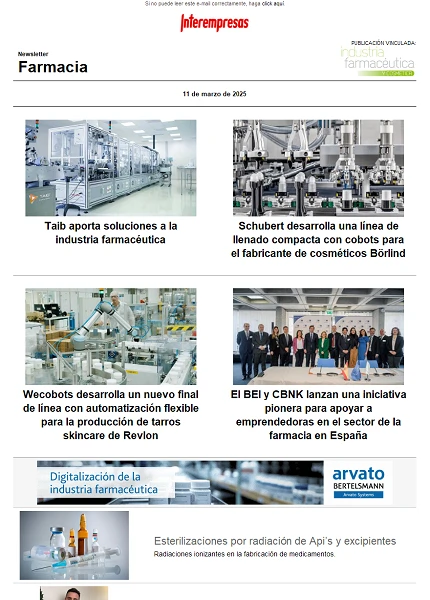Classification of chemical laboratories by the IPMAQ method
Considering the rate IPMAQ defined, we can classify the laboratories at four levels:
- Q1: Labs with IPMAQ low, less than 500
- IPMAQ laboratories Q2: average between 500 and 1500
- Laboratories with high IPMAQ Q3: between 1500 and 2500
- Q4: laboratories IPMAQ very high, exceeding 2500
- In them the degree of danger increases from Q1 to Q4.
The method allows us to further classify the chemical laboratories serving three indices: the overall risk of the substances used (EIS), the index of the laboratory (IL) and the index related to the person (Ir). Thus, Considering Is), we identified thoseΣthe Global Risk Index Managed Substances (laboratories in which the use of chemicals is of greater danger. And, we have seen, that laboratories show a higher IPMAQ are not always those who handle the most dangerous chemicals. In these cases, the laboratory containment levels and the degree of awareness of the people working on them, makes it possible to minimize the danger.
Considering the laboratory index (IL), we have divided into four levels:
- IL L1 are laboratories which takes values between 19 and 26. In them chemical containment level is minimal.
- IL L2 are laboratories which adopts values between 13 and 18. In them chemical containment level is medium.
- IL L3 are laboratories which adopts values between 7 and 12. In them chemical containment level is high.
- IL L4 are laboratories which takes values between 1 and 6. They chemical containment level is very high.
Considering the index related to the person (Ir), we identified those laboratories where people have a greater awareness to the risks of working in hazardous chemical laboratories, due to training and information received.
[1] American Institute of Chemical Engineers. Guidelines for Engineering Design for Process Safety. A.I.Ch.E., New York, USA, 1993.
[2] American Institute of Chemical Engineers. Guidelines for Chemical Reactivity Evaluation and Aplication to Process Design. A.I.Ch.E., New York, USA, 1995.
[3] American Institute of Chemical Engineers. Guidelines for Preventing Human Error in Process Safety. A.I.Ch.E., New York, USA, 1994
[4] Repetto, M. Advanced Toxicology. Editions Santos Diaz, Madrid, Spain, 1995.
[5] Wark. K. C, Warner, F. Air Pollution. Origin and control. Publisher John Wiley & Sons, 1990.
[6] Woodside, G. Hazardous materials and hazardous waste management. Ed John Wiley & Sons, Inc. 1999. 2nd edition.
[7] Young, J.A., Kingsley, W. Wahl, G. Developing a chemical hygiene plan Washington. American Chemical Society, 1990.
































